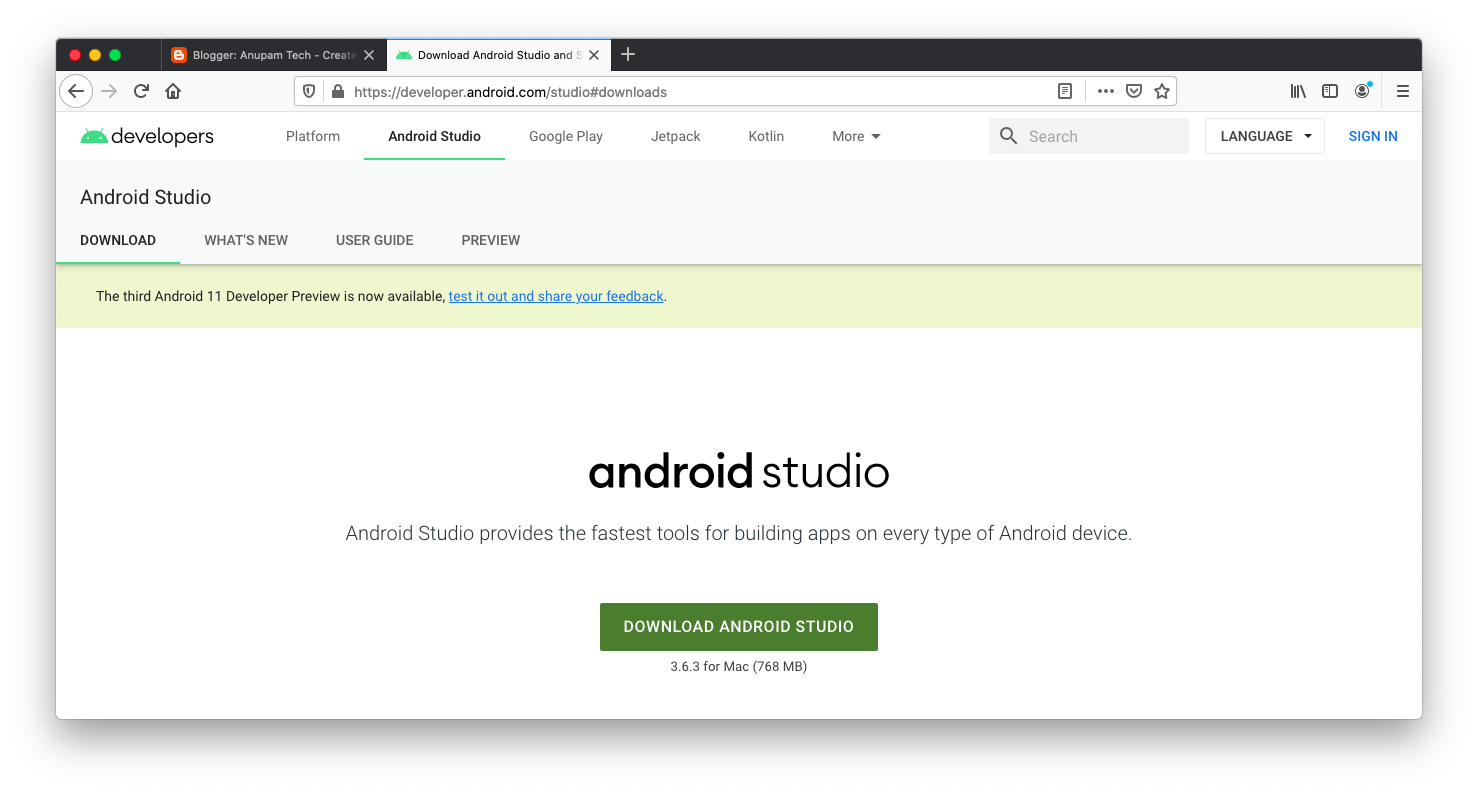

If the selection is greyed out, click the "Download" link next to the Release Name to download the System Image and then click " Next" and " Finish" to create the AVD. For the System Image select the latest version (the highest API Level in the list). You can select any phone from the list - for example " Pixel 3 XL" and then click " Next". Click on " Create Virtual Device." then pick a phone from the list. If the list of available Virtual Devices is empty, you will need to create a new AVD. Using a virtual device: Open Android Studio, and then open "AVD Manager" - if you are on the welcome screen, then it's under the Configure › AVD Manager dropdown, otherwise it's under the Tools › AVD Manager menu. Using a physical device: Connect the device using a USB cable, and follow the instructions from Running on a physical device To run a NativeScript app, you will need an Android device - either a physical or a virtual device. If you see No issues were detected then you have successfully set up your system. to create the ANDROID_HOME user variable that points to the path of the Android SDK: Under the " User variables for." click on New.Click on " Environment variables." in the bottom corner.Search for " Edit the system environment variables" in Windows Search and select.The setup may take a while, but once it has finished a welcome screen should appear.Īndroid Studio installs the latest Android SDK by default, which in most cases should be all that's needed to build a NativeScript app.Ĭonfigure the ANDROID_HOME environment variable for NativeScript to be able to find the Android SDK.


Choco install - ynodejs.install temurin11


 0 kommentar(er)
0 kommentar(er)
